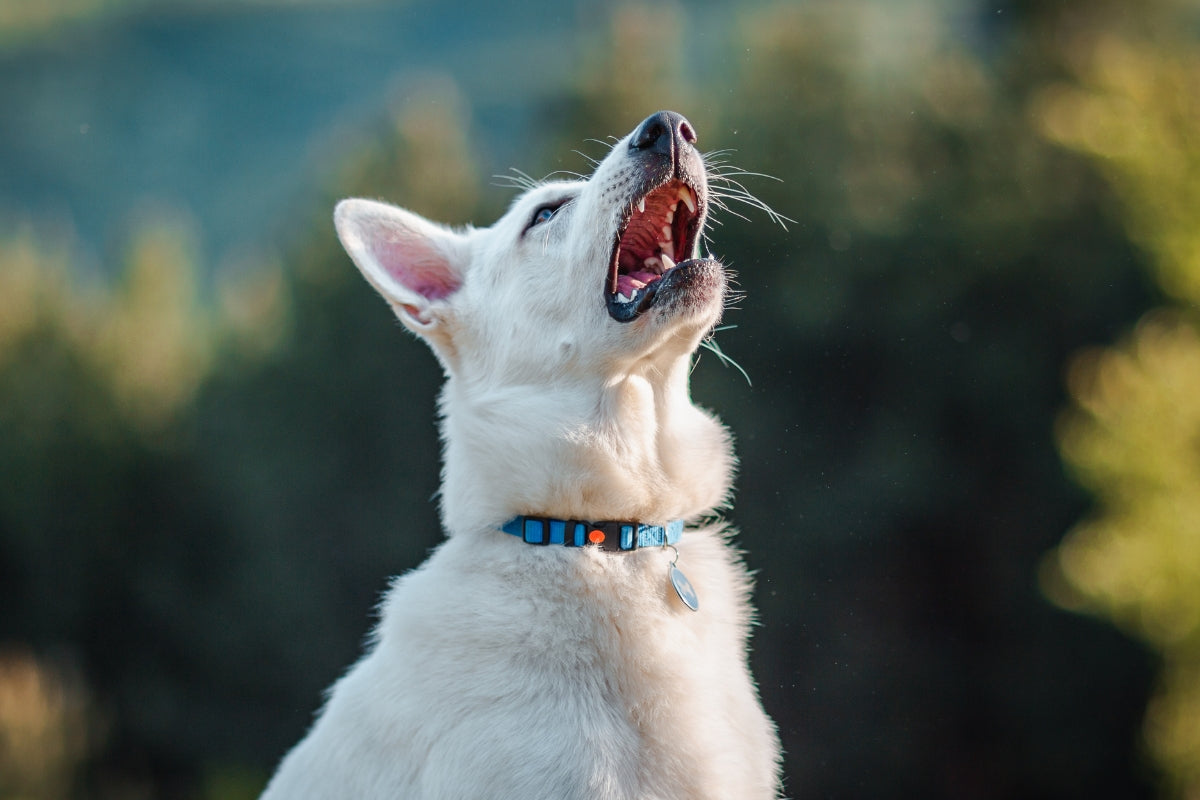Have you noticed your dog scratching more than usual lately? Or maybe you spotted a red patch during belly rubs? Chances are, your pup might be dealing with a skin infection. But, don’t panic! Skin infections are actually common in dogs. And with the right care, they’re usually easy to treat. Let’s break down what causes them, how to spot the signs early and what you can do to help prevent them in the first place.
What is a dog skin infection?
In simple terms, it’s when something (usually bacteria, yeast or parasites) gets into your dog’s skin and causes irritation, inflammation or open sores. Usually, your dog’s skin acts as a solid protective barrier. But things like allergies, excessive scratching or insect bites can weaken that barrier and give these tiny troublemakers a way in.
There are a few different types of skin infections:
- Bacterial infections (also called pyoderma),
- Yeast or fungal infections,
- Parasitic infections (like mange caused by mites).
Sometimes these infections are the main problem. But more often, they’re a secondary issue, meaning something else irritated the skin first and the infection developed afterward.
So, what causes it and what are the signs?
Skin infections don’t usually come out of nowhere. Often, there’s something behind the scenes that sets things off. Here’s a list of common triggers that can cause a skin infection in your pup:
- Allergies (to food, pollen, dust, fleas… You name it),
- Excessive licking or scratching (which might come from boredom, anxiety or itchiness),
- Fleas or mites (the microscopic menaces),
- Poor hygiene or moisture trapped in skin folds,
- Underlying issues (like thyroid or immune system problems).
How do you know if something’s off? Here are some signs to watch for:
- Red, inflamed or flaky skin,
- Patches of hair loss,
- Constant itching, biting or licking,
- Scabs or crusty sores,
- Weird smells coming from their skin or ears,
- Thickened or darkened patches.
Some symptoms are easy to spot, while others may require a closer look. If something seems off (and especially if it doesn’t improve), it’s a good idea to check in with your vet. Catching a skin infection early can make all the difference in helping your pup heal fast and feel better.
How to prevent skin infections in dogs?
When it comes to skin infections, prevention really is the best medicine. It all starts with the basics: keeping your dog clean and dry, regular grooming and staying on top of flea and tick treatments. If your dog has long fur or lots of skin folds, those areas can trap moisture and debris, so give them a little extra attention during bath time or after a muddy walk.
One area we don't always think about when it comes to dog’s skin health is nutrition. What goes into your dog’s bowl has a huge impact on their skin and coat. If your pup is prone to allergies or has a sensitive stomach, switching to a hydrolysed diet can make a world of difference. A great option is Impact+ for Skin & Coat Care, which is specially formulated to support dogs with skin sensitivities.
Alongside a good diet, many vets also recommend adding fish oil supplements. For example, HoliPaw Omega Boost is a clinically formulated blend of Omega-3 fatty acids and antioxidant Vitamin E that targets inflammation and soothes itchy skin. It’s especially helpful during allergy season or whenever your dog’s skin feels dry or irritated.
And lastly, pay attention to the little things: if your dog starts scratching more than usual or licking one spot obsessively, check it out early. Catching skin issues before they turn into full-blown infections is half the battle.




Leave a comment
This site is protected by hCaptcha and the hCaptcha Privacy Policy and Terms of Service apply.